Believe it or not, God of War has always been an emotional series. God of War Ragnarök is the absolute pinnacle, featuring a fully-realised story of gods acting more like humans than we're used to from our deities. It used to be a normal thing, though. Zeus was a horny bugger, Odin's kind of a dick, and the gods in general make mistakes. Don't make the mistake of not playing this game, though. It's well worth your time.
-
Visuals
-
Gameplay
-
Replayability
-
Story
-
Variety
It’s just about time to step into the blood-spattered shoes of Kratos, the Ghost of Sparta, once again. Stuff has been playing God of War Ragnarök for some time now and you’re going to want to do the same. Of course, you already knew that.
Ragnarök directly follows the events of 2018’s God of War. In case you’re a little misty, Kratos resurfaced in Midgard with a son, Atreus, and a recently-deceased wife, Faye. The father-son duo embarks on an epic journey to scatter Faye’s ashes at a very specific location. This entails vast quantities of blood, hacksilver, and father-son bonding. Of a sort.
A boy and his dog
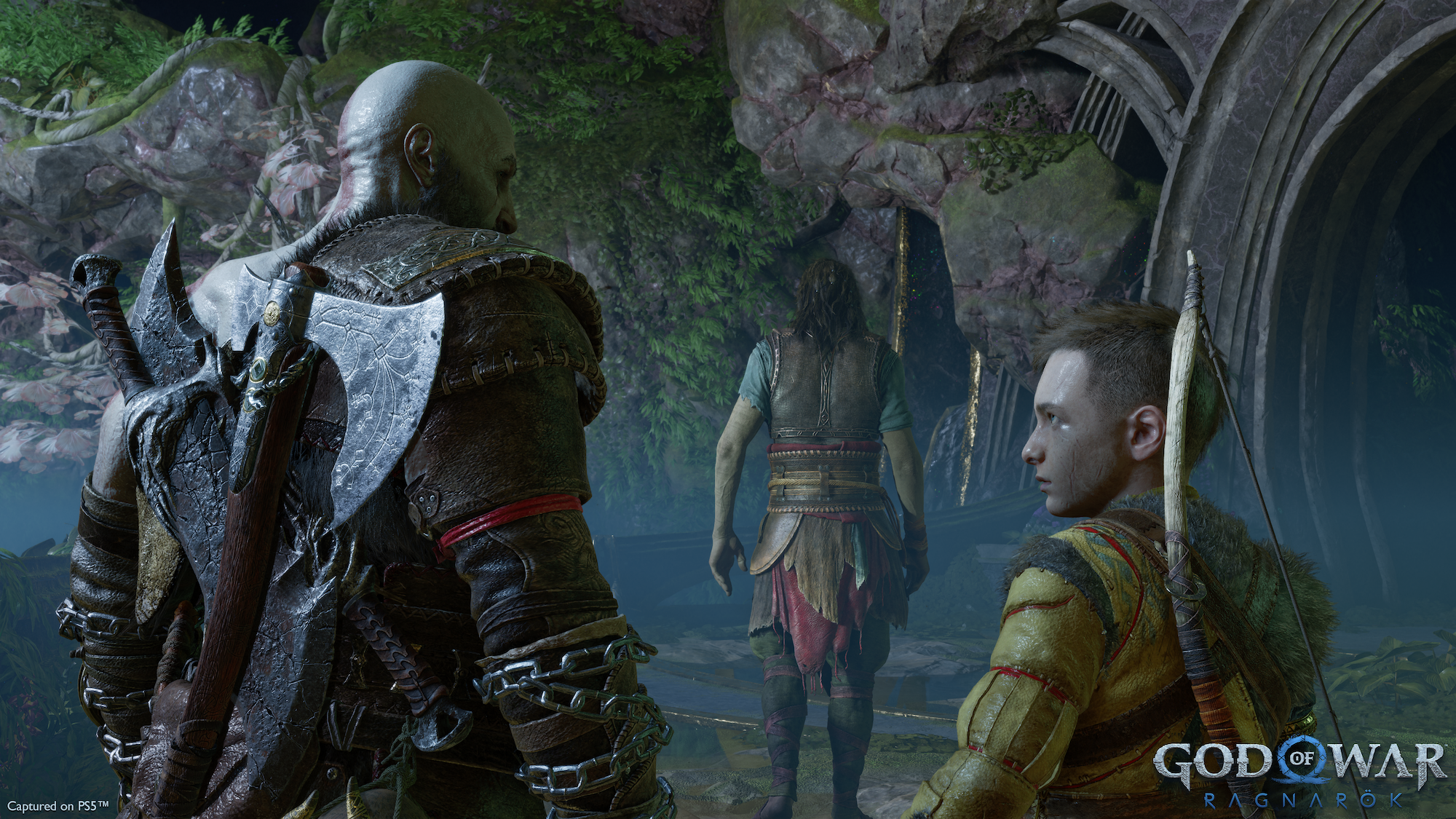 Ragnarök opens on Kratos and Atreus getting by in Midgard during Fimbulwinter. Which, if you know your Norse mythology, is the precursor to the Twilight of the Gods. Some of the fallout of the previous title, a little something to do with Odin’s estranged wife, the Vanir goddess Freya, rocks up immediately. You know, just in case you forgot what happened to Baldur, the main antagonist of the previous game.
Ragnarök opens on Kratos and Atreus getting by in Midgard during Fimbulwinter. Which, if you know your Norse mythology, is the precursor to the Twilight of the Gods. Some of the fallout of the previous title, a little something to do with Odin’s estranged wife, the Vanir goddess Freya, rocks up immediately. You know, just in case you forgot what happened to Baldur, the main antagonist of the previous game.
Atreus, also known as Loki, has a pet wolf named Fenrir. Again, if you know your mythology, that’s all very foreboding. So is the visit of both Odin and Thor to Kratos’ cabin in the Midgard woods. While Kratos faces off against a very accurate representation of the God of Thunder (large, angry, very red hair), Odin and Atreus have a chat. This sets up… well, everything. We’re not going to go into any more detail than this. Hands down, the best thing about God of War Ragnarök is its story. This is the case for several reasons.
A tale for the ages
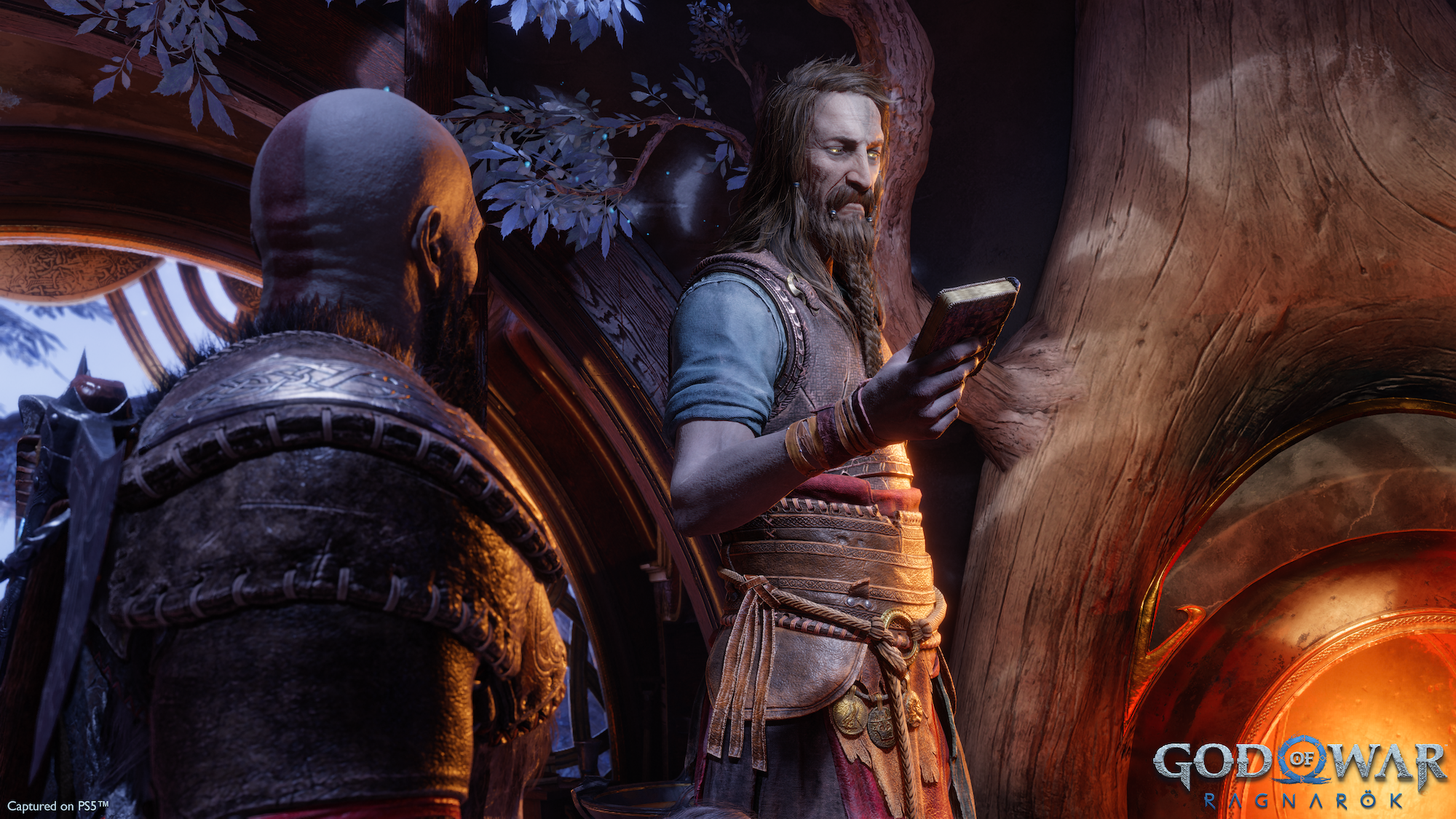 Our initial impression of the game was that it followed the template laid down by 2018’s God of War a little too closely. There’s a tutorial in Midgard, a fight at Kratos’ home, and then father and son head out on a quest. It’s all very familiar. But that’s about where the similarity stops. A couple of hours in, Ragnarök breaks out into one of the best-told adventures we’ve encountered in ages. It’s not just the writing, which has its serious high points. It’s a combination of voice acting and visual design. The sense of reality and reliability — remember, in a story about mythical gods — is nothing short of spectacular.
Our initial impression of the game was that it followed the template laid down by 2018’s God of War a little too closely. There’s a tutorial in Midgard, a fight at Kratos’ home, and then father and son head out on a quest. It’s all very familiar. But that’s about where the similarity stops. A couple of hours in, Ragnarök breaks out into one of the best-told adventures we’ve encountered in ages. It’s not just the writing, which has its serious high points. It’s a combination of voice acting and visual design. The sense of reality and reliability — remember, in a story about mythical gods — is nothing short of spectacular.
Character expressions and reactions to story beats feel genuine. God of War Ragnarök continues the job started by its 2018 predecessor by introducing players into a much more emotional world. It’s not just Kratos, who embodies a Stoic ideal through much of the game, and Atreus, in the process of finding himself. It’s the supporting cast as well. The dwarf brothers, Brok and Sindri, have some touching encounters with the world players find themselves in. Whoever portrays Freya (it’s Danielle Bisutti) could do with some more money as a result of her performance too. In fact, there are amazingly acted, story-critical moments from basically everyone. Getting misty-eyed wasn’t something we expected from a God of War game (except we kinda also were).
Violence isn’t the answer (except this time)
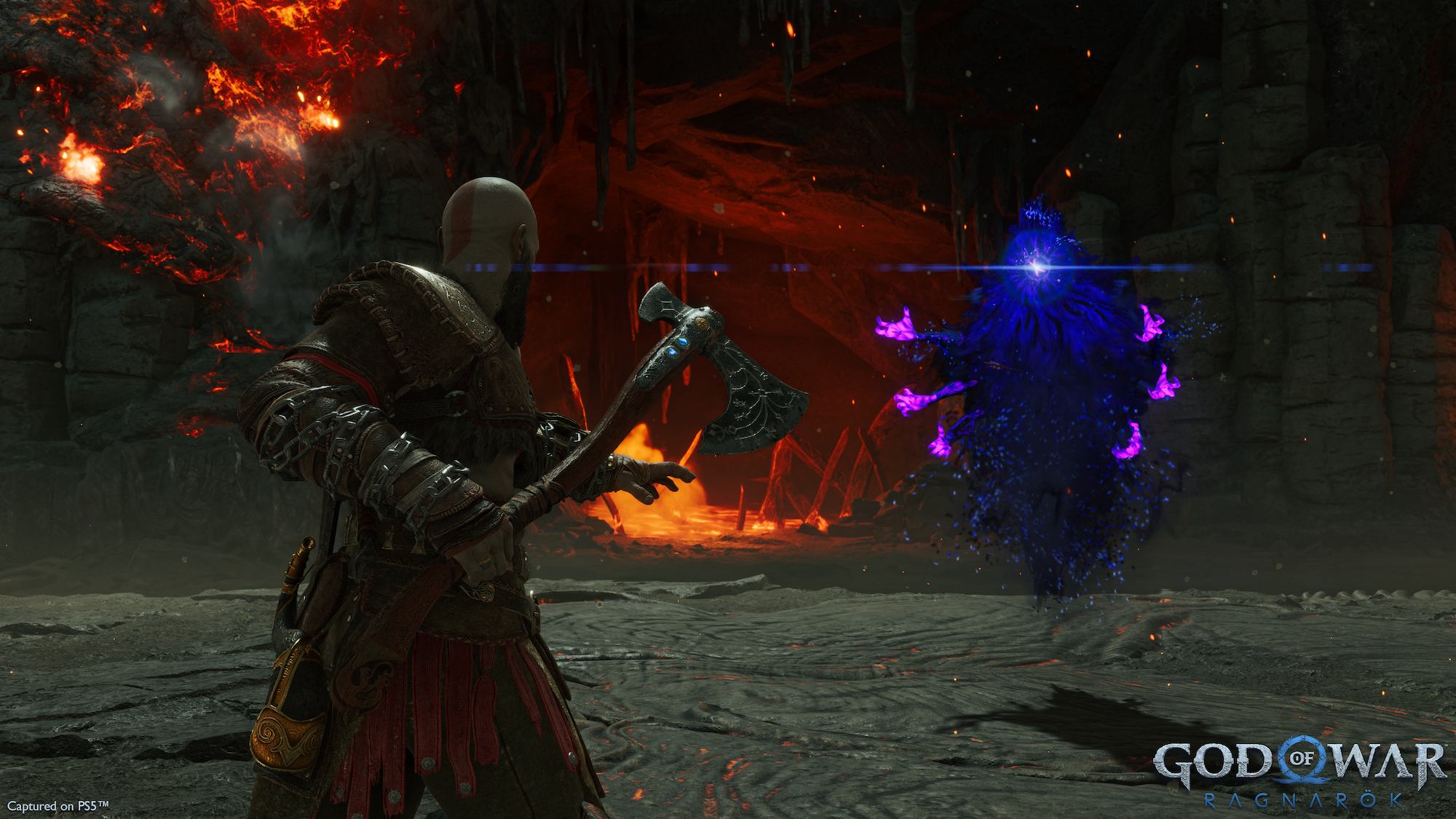 It’s not all feelings and emotions, though those beats are among the best parts of the game. The traditional violent combat is all present and accounted for. Kratos and co. battle humanoids and oversized mythical beasts. There are surprisingly few screen-sized bosses, however. The problems our heroes face tend to be more closely human-sized — unless you count Fimbulwinter itself, which dominates most of the nine realms. The inclement events are treated almost like an enemy itself, even if it’s almost purely narrative-based.
It’s not all feelings and emotions, though those beats are among the best parts of the game. The traditional violent combat is all present and accounted for. Kratos and co. battle humanoids and oversized mythical beasts. There are surprisingly few screen-sized bosses, however. The problems our heroes face tend to be more closely human-sized — unless you count Fimbulwinter itself, which dominates most of the nine realms. The inclement events are treated almost like an enemy itself, even if it’s almost purely narrative-based.
Still, Kratos and his son will dodge, parry, slash, smash, and dismember pretty much everything that comes their way. The over-the-top, blood-spattered kills remain but they don’t retain the visceral quality last seen in God of War III. Kratos does this thing with the werewolf-looking creature that you have to see to believe. Long story short, the blood remains but it’s perhaps more justified.
The Leviathan axe and the Blades of Chaos also remain from 2018’s release. It’s still possible to upgrade and equip varying gear to Kratos. Crafting is still present, and you’ve still got to harvest materials from the world at large. Those systems haven’t really been changed, but they have been expanded on.
This is especially true in the case of player skills. Experience points unlock new abilities. Using those abilities will unlock tiers that reward more XP. Max out a tier and you can spend XP to modify that skill — usually, it’s a minor damage upgrade, an elemental buff, and increased resilience when activating the skill. This lets players subtly convert their characters into something that more closely suits their own particular play style. Speaking of which…
Brutality for everyone
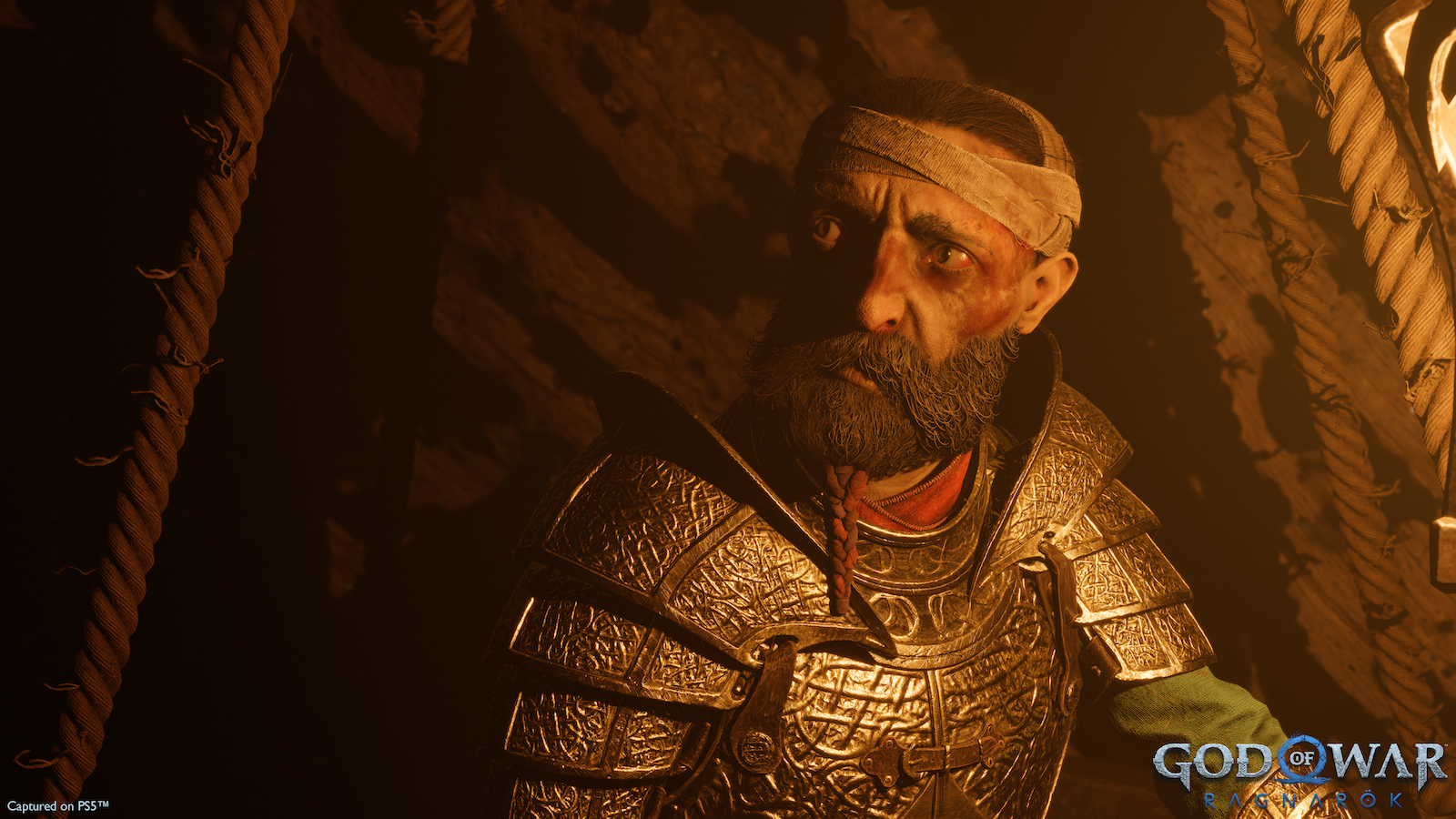 Sony and its Santa Monica Studio absolutely want everyone to play this game. We’ve never seen so many accessibility options for players. If you want to add checkpoints to miniboss fights, you can. If you want to tailor the game’s hud for a range of different visual conditions, you can. Just about every element of gameplay can be tweaked and modified so you get the experience that works best for you. If this is a standard for Sony’s games, it’s the right one.
Sony and its Santa Monica Studio absolutely want everyone to play this game. We’ve never seen so many accessibility options for players. If you want to add checkpoints to miniboss fights, you can. If you want to tailor the game’s hud for a range of different visual conditions, you can. Just about every element of gameplay can be tweaked and modified so you get the experience that works best for you. If this is a standard for Sony’s games, it’s the right one.
It’s obvious that Sony’s target market with God of War Ragnarök is basically everyone — provided they’re an adult. Yes, you could let a kid play this game. But there’s a lot going on in dialogue that will go over their heads. In short, youngsters may not appreciate just how good Ragnarök is. But then, those who haven’t played the series since God of War’s 2005 debut on the PlayStation 2 are also bound to miss a few things.
There are some powerful moments, driven by references to the Greek-era games. If you haven’t played the PSP game God of War: Ghost of Sparta you may completely overlook some very significant dialogue about midway through the game. Moments from Kratos’ previous life increasingly creep into the story, tying events together very neatly for longtime fans. That said, if you started with 2018’s God of War, you’ll probably be just fine as well.
God of War Ragnarök verdict
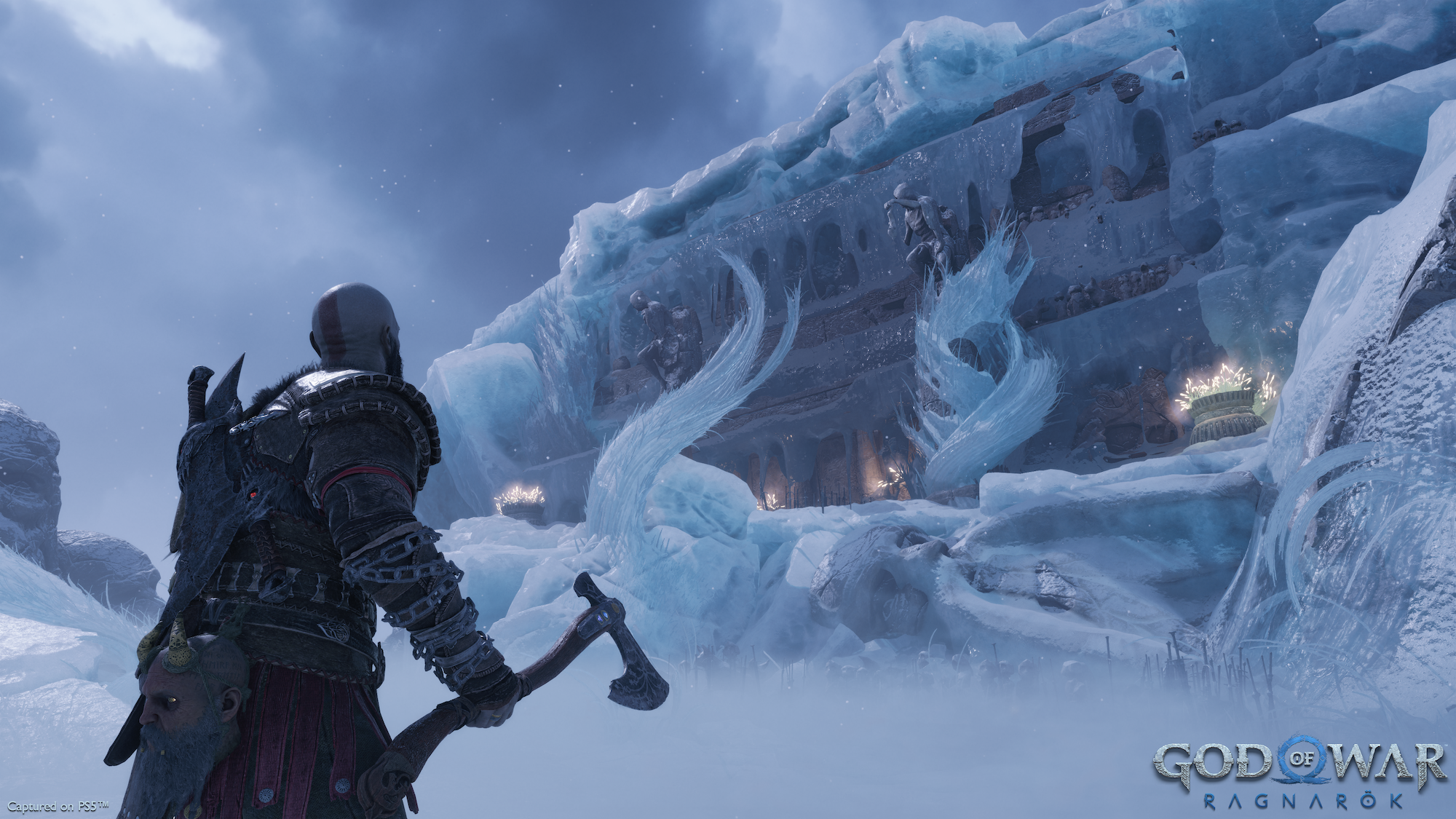 There’s nothing seriously revolutionary taking place in God of War Ragnarök on a gameplay level. You’ve done it all before, though the selection of side quests (called Favours) has been greatly deepened. The emotional development of the characters roaming this sprawling tale of families, fate, and forgiveness is the highlight here.
There’s nothing seriously revolutionary taking place in God of War Ragnarök on a gameplay level. You’ve done it all before, though the selection of side quests (called Favours) has been greatly deepened. The emotional development of the characters roaming this sprawling tale of families, fate, and forgiveness is the highlight here.
That said, if you’re mostly here for the tight hack-and-slash gameplay, you won’t be disappointed. Combat is as refined as it’s ever been. The systems from the previous game have evolved to be an even tighter experience than the already stellar God of War was. Ragnarök seems designed to encourage replays, though it’ll take you a good chunk of time before you’re ready to head back to the start, with Kratos and his son on a sled pulled by wolves being pursued by… well, you’ll see.




